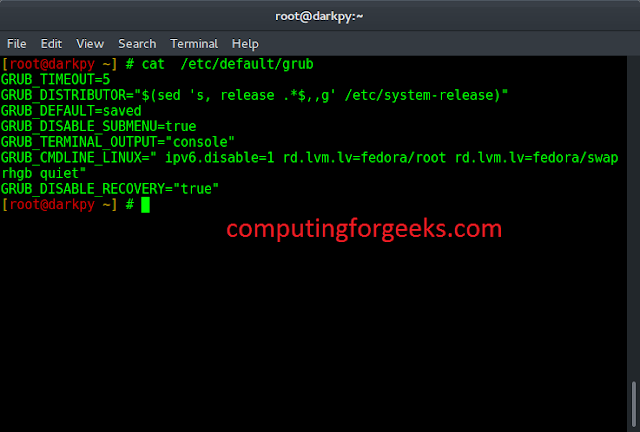Certain applications show real-time data to the users, such as stock prices, availability of a product on online stores, etc. Showing real-time data requires continuous syncing of the application, and could be possible by implementing a program such as a thread. A Thread could be initiated by the application and update the real-time information implicitly or explicitly. The deal here is continuously updating the data (maybe from the servers) at the cost of additional RAM, Cache, and Battery of the device resulting in low-performance, as a Thread that runs forever occupies some space and requires power. To avoid using such programs, developers explicitly developed a feature for refreshing the application, so that the user can perform it whenever necessary. This brings us to conclude that manual refreshing has advantages such as:
- RAM Optimization
- Cache Memory Optimization
- Battery Life Optimization
- Avoiding Unnecessary Callbacks.
For example in the following image when the user will swipe down the screen then the string “Swipe to refresh” will be changed to “Refreshed”.
Approach:
Step 1: Before start writing the code it is essential to add a Swipe Refresh Layout dependency into the build.Gradle of the application to enable swipe layouts. This dependency is:
implementation “androidx.swiperefreshlayout:swiperefreshlayout:1.1.0”
Step 2: It is important to start with the Front-End “activity_main.xml“. Create a SwipeRefreshLayout to refresh the Layout and add a TextView to display the string on the screen and provide them with certain IDs.
XML
<?xml version="1.0" encoding="utf-8"?><RelativeLayout android:layout_width="match_parent" android:layout_height="match_parent" tools:context=".MainActivity"> <!--Swipe Refresh Layout --> <androidx.swiperefreshlayout.widget.SwipeRefreshLayout android:id="@+id/refreshLayout" android:layout_width="match_parent" android:layout_height="match_parent"> <!--TextView --> <TextView android:id="@+id/tv1" android:layout_width="wrap_content" android:layout_height="wrap_content" android:text="Swipe to refresh" /> </androidx.swiperefreshlayout.widget.SwipeRefreshLayout> </RelativeLayout> |
Step 3: Coming to the “MainActivity” file, a preview of the same is provided below. In this file connect the swipeRefreshLayout and textView to its XML file by using the findViewById() method. And also call the setOnRefreshListener() to change the text after the user swipe down the screen. The users can also write the required codes as their needs inside this method.
Kotlin
import android.annotation.SuppressLintimport androidx.appcompat.app.AppCompatActivityimport android.os.Bundleimport android.widget.TextViewimport androidx.swiperefreshlayout.widget.SwipeRefreshLayoutimport org.w3c.dom.Text class MainActivity : AppCompatActivity() { @SuppressLint("SetTextI18n") override fun onCreate(savedInstanceState: Bundle?) { super.onCreate(savedInstanceState) setContentView(R.layout.activity_main) // Declaring a layout (changes are to be made to this) // Declaring a textview (which is inside the layout) val swipeRefreshLayout = findViewById<SwipeRefreshLayout>(R.id.refreshLayout) val textView = findViewById<TextView>(R.id.tv1) // Refresh function for the layout swipeRefreshLayout.setOnRefreshListener{ // Your code goes here // In this code, we are just changing the text in the // textbox textView.text = "Refreshed" // This line is important as it explicitly refreshes only once // If "true" it implicitly refreshes forever swipeRefreshLayout.isRefreshing = false } }} |
Java
import android.annotation.SuppressLintimport androidx.appcompat.app.AppCompatActivityimport android.os.Bundleimport android.widget.TextViewimport androidx.swiperefreshlayout.widget.SwipeRefreshLayoutimport org.w3c.dom.Text public class MainActivity extends AppCompatActivity { @Override protected void onCreate(Bundle savedInstanceState) { super.onCreate(savedInstanceState); setContentView(R.layout.activity_main); // Declaring a layout (changes are to be made to this) // Declaring a textview (which is inside the layout) SwipeRefreshLayout swipeRefreshLayout = (SwipeRefreshLayout)findViewById(R.id.refreshLayout); TextView textView = (TextView)findViewById(R.id.tv1); // Refresh the layout swipeRefreshLayout.setOnRefreshListener( new SwipeRefreshLayout.OnRefreshListener() { @Override public void onRefresh() { // Your code goes here // In this code, we are just // changing the text in the textbox textView.text = "Refreshed" // This line is important as it explicitly // refreshes only once // If "true" it implicitly refreshes forever swipeRefreshLayout.setRefreshing(false); } } ); }} |
Output: Run on Emulator
Advantages
Of course, it’s not just the users who benefit. Assuming an application, where the information is fetched directly from a cloud repository. For every callback request (towards the cloud), the developer who owns such a repository pays a minimal amount towards the service, may it be Google Cloud Platform (GCP), Amazon Web Services (AWS), or any other thing.





